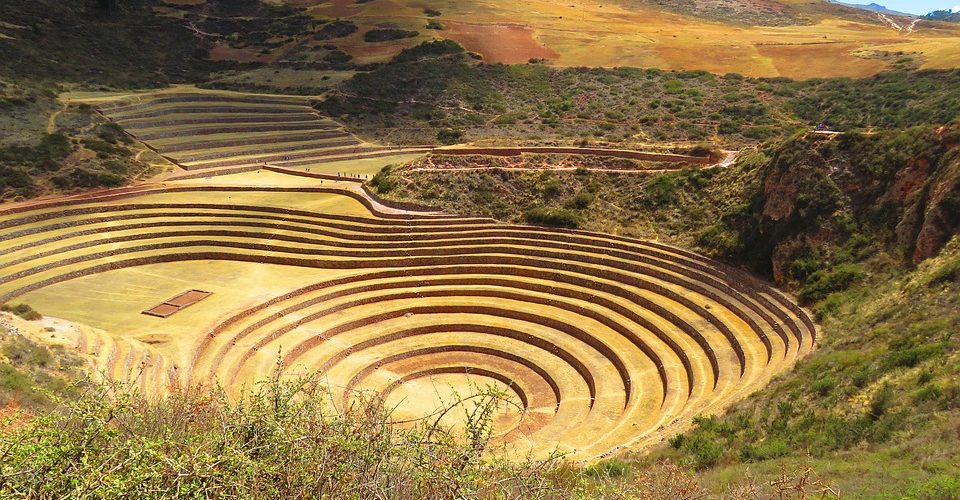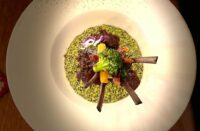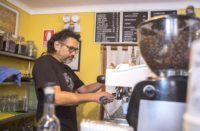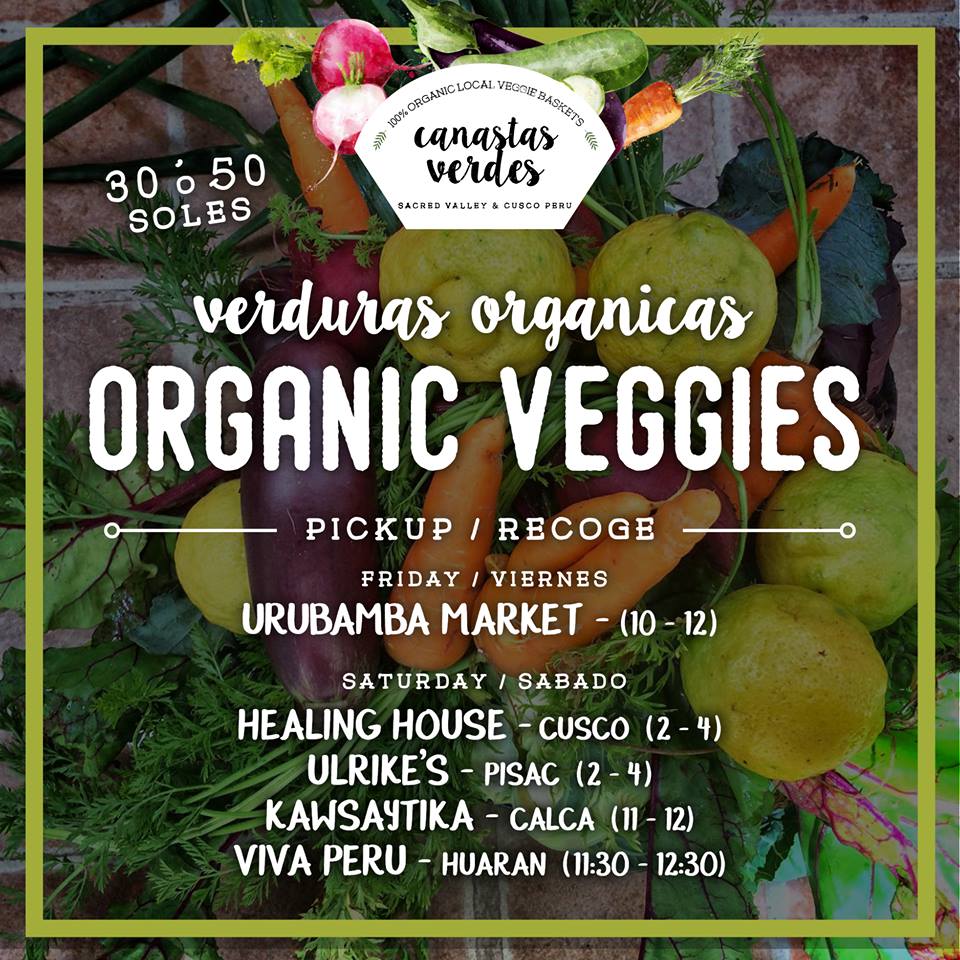Peruvian chef Virgilio Martínez is best known for using local ingredients that are hard to find anywhere but Peru, and his latest project in the Sacred Valley is no different.
Located 3,500 metres above sea level, hovering over on the edge of the ruins at Moray, this is an eatery that’s more an experience than a restaurant. With only a handful of tables available to reserve for two sittings a day, you really do have to be dedicated to get here: the only way to arrive to MIL is by car, taxi or tour bus, and because it’s in a such remote place, you can’t easily call for another car to take you home after dining, so important that you ensure you have a ride there and back before you book.
Much more than a restaurant, Mil is a hands-on experience. Martínez and his team work with the surrounding indigenous communities, researching and developing new varieties of crops, and have opened their ‘lab’ to the public, where samples and explanations entertain and inform.
Waiters are well trained in what these are and how they’re used, and will explain each of the 8 fixed-menu, seasonal dishes delivered to your table. I was surprised, for example, to learn that even the water is local, collected from pure, fresh Andean melted snow, whilst pink Maras salt is sourced from nearby terraces.
There is a vegetarian menu available, which I’d recommend, but those are not too far off the main offerings, which mostly offer alpaca and llama in terms of flesh. While there are some similarities to the menu of Martinez’s better known restaurant, Central in Lima (which, like MIL, features sea-bubble algae, dragon’s blood tree resin and cassava starch), dishes at MIL are somewhat lighter to accommodate the altitude’s effect on appetite. Each course is paired with a carefully selected, in-house distilled infusion, whether it’s locally grown coffee or artisanal beer.
Unless you’re an Andean native, much of the menu will be an unfamiliar surprise to the palate. There’s tunta, a freeze-dried potato that feeds the Kacllaraccay community during cold Andean winters, presented as crisps for dipping in a tamarillo salsa, for example. The aptly named Diversity of Corn is presented as a patchwork of corn crisps and seared fresh cheese.
One of my favourite dishes was one of Peru’s most traditional: tubers baked in a huatia adobe brick oven, with a variety of side dips for lubrication. The presentation of this dish was superlative, as is all the dishware handcrafted from local wood and stone by Dos Ríos.
In Martinez’s own words: ‘Mil isn’t just a restaurant, it’s a laboratory that looks at Peruvian culture, produce and identity,’ and I’d have to agree. The experience isn’t cheap, with prices starting at around $100 per person (we ended up paying almost double that with extra drinks and coffee), but it’s a once-in-a-lifetime experience that’s well worth it.
For more info, please see Martinez on Netflix’s Chef’s Table, or visit: milcentro.pe





